Tips for Golfing with Lumbar Back Pain
Tips for Golfing with Lumbar Back Pain
Published: March 18, 2024
Lumbar pain, also known as lower back pain, can be a debilitating condition that affects millions of people worldwide. This type of pain, specifically in the lumbar region of the spine, can make even simple activities challenging, let alone playing a game of golf. However, with the right knowledge and preparation, it is possible to continue enjoying the sport while managing lumbar pain effectively.
Lumbar pain often stems from various underlying causes, such as muscle strains, herniated discs, or degenerative conditions like arthritis. When playing golf, the repetitive twisting and bending motions involved can exacerbate the pain and potentially lead to further injury. It is crucial to understand the impact of lumbar pain on golfing and take appropriate measures to protect and support the lower back.
Preparing for golfing with lumbar pain
Before hitting the golf course, it is essential to take the time to prepare both mentally and physically. Firstly, consult with a healthcare professional to diagnose the exact cause of the lumbar pain and receive appropriate treatment. They can provide guidance on the level of activity that is safe for you, as well as recommend any necessary modifications to your golfing routine.
In addition to seeking medical advice, it is crucial to invest in the right equipment and gear to support your lower back. A well-fitting golf bag with ergonomic features can help distribute the weight evenly and reduce strain on the lumbar region. Likewise, using golf clubs with graphite shafts or other shock-absorbing materials can minimize the impact on your back during the swing.
Warm-up exercises to alleviate lumbar pain before golfing
Proper warm-up exercises are vital for anyone, especially those dealing with lumbar pain. Prior to each round of golf, take the time to perform a series of stretching and strengthening exercises that target the muscles in the lower back and core. This will help improve flexibility, increase blood flow to the area, and reduce the risk of further injury.
Start with gentle stretches, such as knee-to-chest stretches and lower back rotations, to loosen up the muscles. Follow this with exercises that focus on strengthening the core, such as planks and bird dogs. Engaging in a regular exercise routine outside of golf can also help alleviate lumbar pain in the long term, as it strengthens the supporting muscles and improves overall posture.
Proper golfing techniques to prevent further strain on the lumbar region
When golfing with lumbar pain, it is crucial to adopt proper techniques that minimize strain on the lower back. Firstly, maintain a good posture throughout the game. This means keeping the spine straight and avoiding excessive bending or twisting motions. Engage the core muscles to provide stability and support to the lumbar region.
During the swing, focus on generating power from the hips and legs rather than relying solely on the lower back. This will help distribute the force evenly and reduce the strain on the lumbar spine. Additionally, take care to avoid overextending or overswinging, as this can put excessive pressure on the lower back. A smooth and controlled swing is key to preventing further injury.
Tips for managing lumbar pain while on the golf course
While on the golf course, it is essential to listen to your body and take breaks as needed. Pushing through the pain can worsen the condition and lead to more prolonged recovery times. If you experience increased discomfort or fatigue, take a moment to rest, stretch, and hydrate. Engaging in light walking or gentle exercises during breaks can help alleviate stiffness and maintain flexibility.
Consider using assistive devices, such as a golf cart or a pushcart, to minimize the amount of walking and carrying heavy bags. This will reduce the strain on the lower back and allow you to conserve energy for the game itself. Additionally, using supportive braces or belts can provide extra stability and relieve pressure on the lumbar region during prolonged periods of play.
Modifications to your golf swing
To accommodate lumbar pain, it may be necessary to make modifications to your golf swing. Work with a golf professional or coach who can analyze your swing and suggest adjustments that reduce strain on the lower back. This may include altering your stance, grip, or swing plane to ensure a more fluid and comfortable motion.
Consider using equipment designed specifically for individuals with lumbar pain, such as swing aids or specialized clubs. These can help promote a more balanced and controlled swing, minimizing the risk of exacerbating the pain. Remember to start with shorter practice sessions to allow your body to adjust to the modifications gradually.
Enjoying golf while managing lumbar pain effectively
Lumbar pain should not prevent you from enjoying the game of golf. By understanding the impact of lumbar pain on golfing and taking proactive steps to manage it effectively, you can continue playing the sport you love while protecting your lower back. Seek professional advice, prepare adequately, warm up before each round, adopt proper techniques, listen to your body, and make necessary modifications to your swing. With these tips in mind, you can navigate the golf course with greater comfort and minimize the risk of further injury. Embrace the challenge and continue to enjoy the game of golf, even with lumbar pain.
If you are experiencing lumbar pain or any other form of back discomfort, consult with a healthcare professional at Texas Pain Experts before engaging in physical activities like golf. They can provide personalized advice and treatment options to help manage your pain effectively. Remember, your health and well-being should always be a priority.

